Entertainment
Review of the movie Bajre Da Sitta: In a world filled with noise, the movie is like a beautifully composed soulful sound
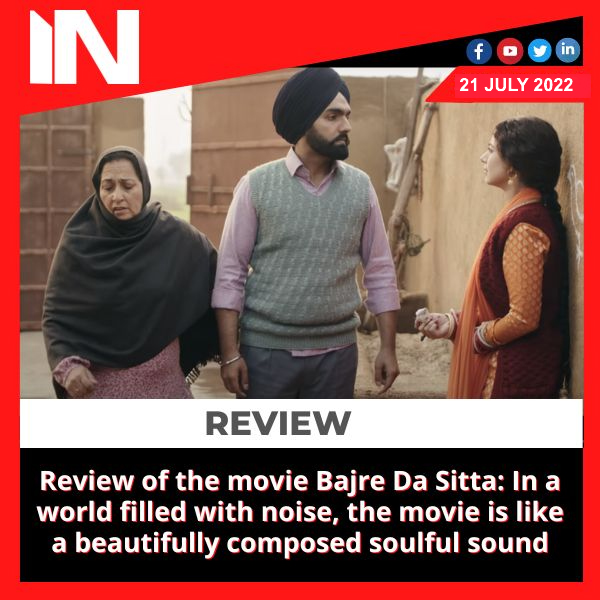
STORY
The story of two sisters Roop (Tania) and Basant is told in “Bajre Da Sitta,” a film from the late 1960s or early 1970s (Noor Chahal). These young women have remarkable singing ability, which is a blessing. Despite not receiving any formal singing instruction, their voices were compared to nightingale melodies. A recording studio contacts them because of their potential and asks to use them as one of their performers. However, as members of a traditional old-school Punjabi family, their dads forbid them from engaging in any singing or musical activity. Fortunately for the girls, after persistent pleading, the dads change their minds and permit the sister to sing, although with a lot of restrictions.
According to their parents’ wishes, the girls’ names are first kept a secret; however, when the record label’s new edition releases their names, things change. On the one hand, it makes Roop and Basant happy, but on the other, it brings shame to the name of their family. The yet-to-be-painted visions are washed away, and the girls are instructed not to sing ever again.
Review
Writer-director Jass Grewal has brought musical drama to the big screen in the world of masala entertainment. Given that it was a risk as well as a huge stride because it was the less-traveled path, Nevertheless, we are happy that Jass took the chance and made the film since such a lovely idea is like a breath of fresh air.
The movie’s musical undertone was established early on. It demonstrated how music has appeal and power that extends beyond simple instruments to the very fabric of the cosmos.
Additionally, Tania, Noor, Roop, and Basant left us in awe. Both of them are portraying straightforward, innocent girls who enjoy singing, playing, smiling, and spreading joy. They enjoy themselves when they sing even though they are unaware of the skill they have been given. Additionally, their sisterly relationship is a heartwarming aspect of them. It is something that guarantees that the smile never fades from your face since it is simple, relatable, and plain effortless.
When it comes to their individual performances, Tania has once again proven her mettle. The girl began her career by playing supporting roles, and now she shines as the film’s heroine. Her character is so brilliantly written in and of itself, but Tania gives it incredible life. Everything about her—simplicity, innocence, grace—makes an impression. In other words, Tania will make you laugh with her smile while simultaneously making you cry with her tears.
Regarding Noor Chahal’s career, it is clear that she will remain active. She made her acting debut with a part that was exquisitely written. Although her part lacked glamour, it was charming. She performed flawlessly in her role.
Ammy Virk also plays a crucial part in the movie. He appeared more frequently in the second half of the film, and this time he didn’t originally portray the ideal man. His character’s shortcomings, however, effectively captured the mentality of the populace at the time.
In actuality, every actor in the movie claimed the screen as their own. Guggu Gill’s portrayal of the stereotypically harsh Punjabi father is beyond description. He is the type of person whose facial expressions alone may convey a character’s emotions without the use of words. Other celebrities, including B.N. Sharma, Nirmal Rishi, Seema Kaushal, Rupinder Rupi, and others, have also demonstrated this.
Let’s talk about the movie’s ethereal and unseen hero, the music. The music, which is the true core of the movie, flourishes and penetrates hearts thanks to live instruments, heartfelt voices, and the folk touch. Bravo to Jaidev Kumar, Avvy Sra, and Ustad Hansraj Behl for their superb melody arrangements.
The film’s editor and cinematographer deserve special recognition as well, without whom many sequences would not have had the same impact. They took care of everything, from the flush of appropriately toned sepia to the addition of dramatic visual effects to making sure the length of the movie doesn’t look stretched.
Briefly said, “Bajre Da Sitta” is a masterfully woven drama with a predictably mild yet thought-provoking ending that has been enhanced by the work of a talented cast and crew.
Group Media Publications
Entertainment News Platforms – anyflix.in
Construction Infrastructure and Mining News Platform – https://cimreviews.com/
General News Platform – https://ihtlive.com/
Legal and Laws News Platforms – https://legalmatters.in/
Podcast Platforms – https://anyfm.in/
Bollywood
Vijay Deverakonda and Mrunal Thakur’s Family Star opens with a first-day box office collection of more than ₹5 crore in India.
The first day of Family Star’s box office collection features Vijay Deverakonda and Mrunal Thakur’s Telugu film, directed by Parasuram Petla.
The Telugu film Family Star, directed by Parasuram Petla, has collected an estimated ₹5.75 crore nett in India on its first day of box office collection, marking an impressive opening day for the film.
Family Star reported a 38.45% Telugu occupancy on day 1, with Warangal having the highest occupancy (57.5%), followed by Visakhapatnam and Kakinada (56.75% each).
About Family Star
Parasuram Petla’s Family Star marks Vijay and Mrunal’s first collaboration, featuring a cast including Abhinaya, Vasuki, Rohini Hattangadi, Ravi Babu, and Divyansha Kaushik’s special appearance.
Govardhan Rao, the youngest brother of Vijay, manages his family’s finances while being cautious. However, when Mrunal’s Indu rents a part of his home, his life changes.
Family Star review
The Hindustan Times’ review of the movie Family Star, starring Vijay Deverakonda and directed by Parasuram Petla, suggests that the film struggles to make a mark or entertain, with issues reminiscent of Geetha Govindam (2018). The film tests patience and fails to maintain interest as it progresses.
The review criticizes the plot of Family Star, stating that it is thin and defies logic, making it difficult to enjoy. It also suggests that the film’s portrayal of middle-class life is caricaturish, as if it was written by someone unfamiliar with the realities of such a life.
Group Media Publications
Entertainment News Platforms – anyflix.in
Construction Infrastructure and Mining News Platform – https://cimreviews.com/
General News Platform – https://ihtlive.com/
Podcast Platforms – https://anyfm.in
-
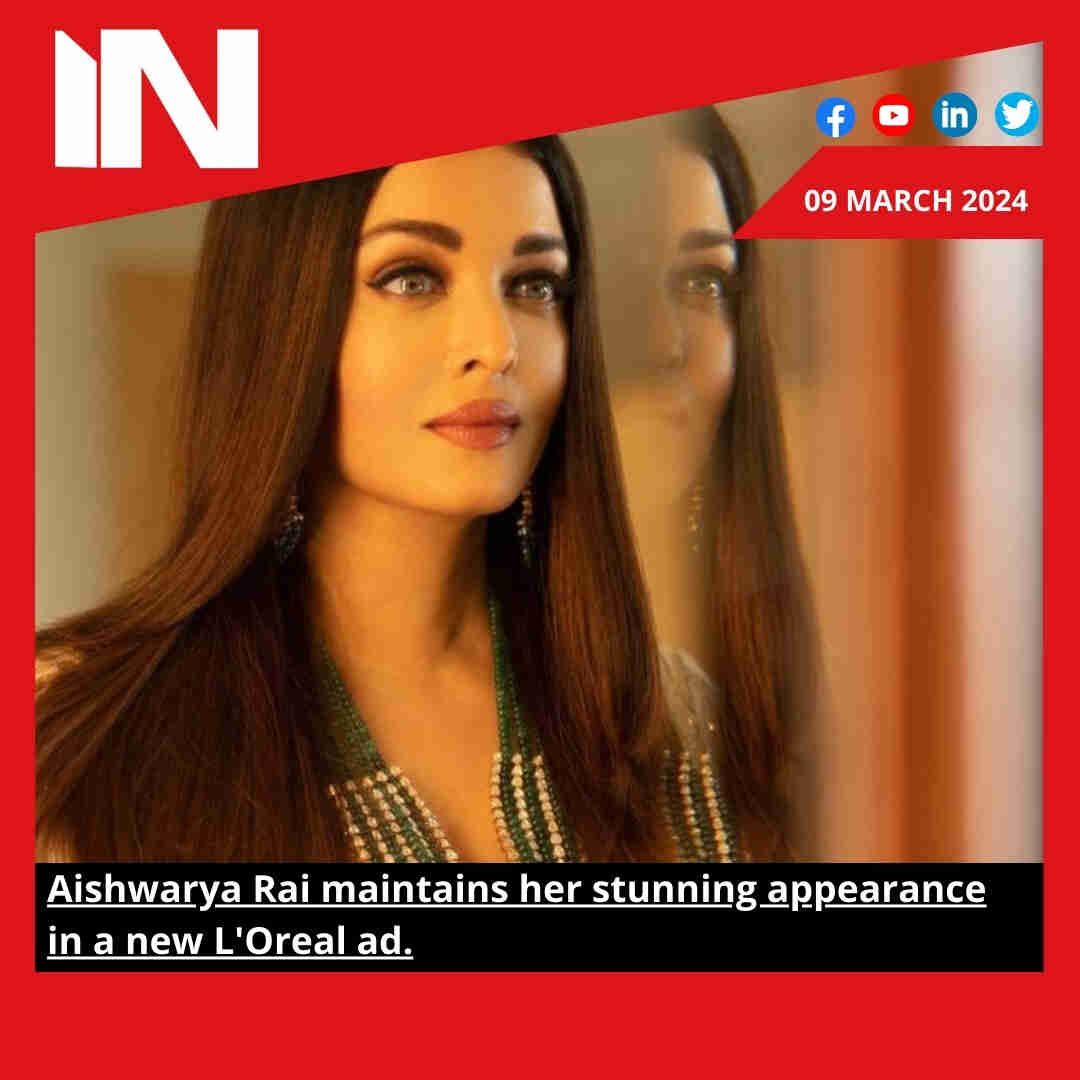
 Bollywood2 months ago
Bollywood2 months agoAishwarya Rai maintains her stunning appearance in a new L’Oreal ad.
-

 health and remedies2 months ago
health and remedies2 months agoThe article discusses the potential health risks associated with swallowing dry ice
-
.jpg)
.jpg) Music1 month ago
Music1 month agoSidhu Moosewala’s father and baby brother feature on Times Square billboard; fans react. Watch
-
Bollywood3 weeks ago
Rasha, the daughter of Raveena Tandon, discusses how trolling affects her: “I think in processing it, feeling bad for a bit.”
-
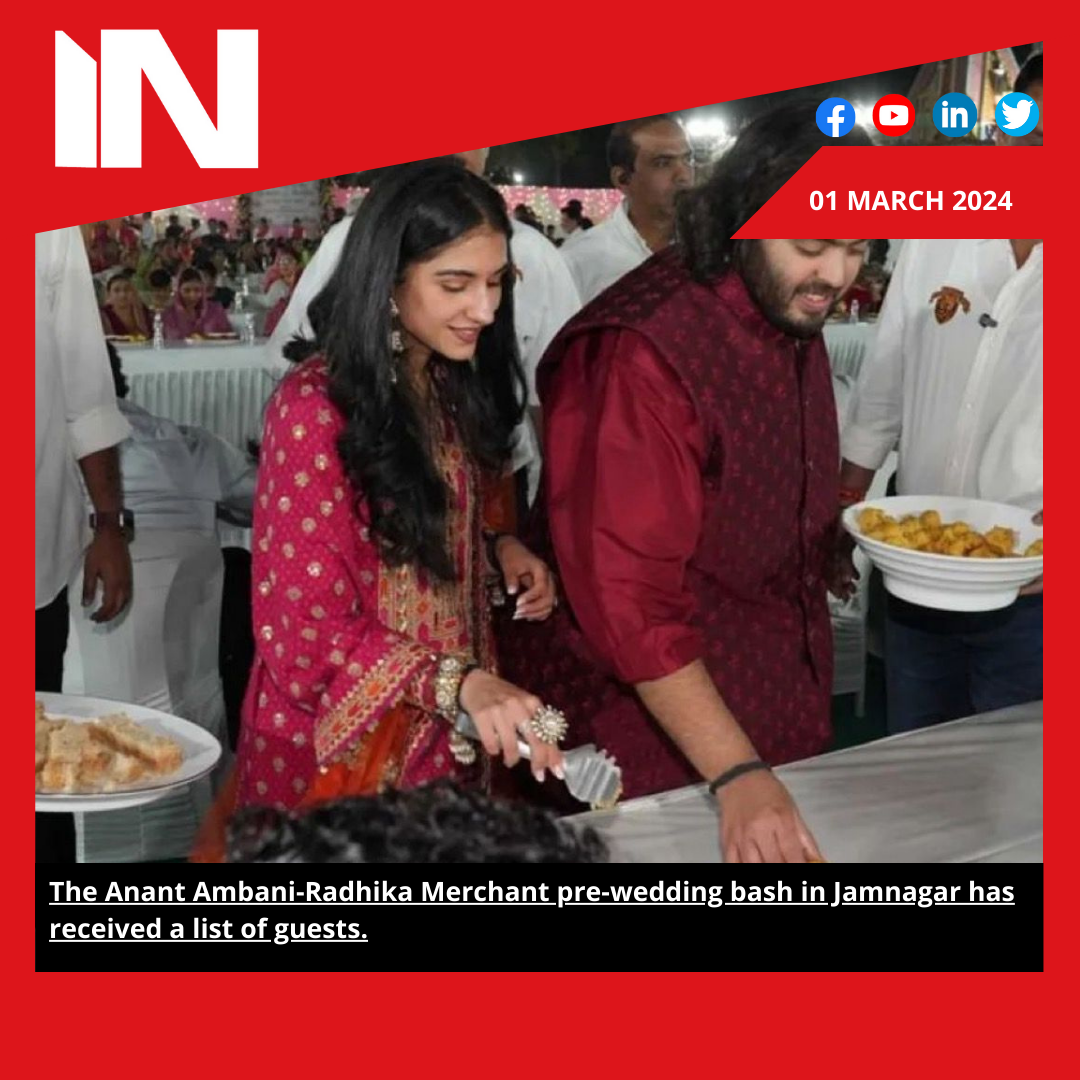
 Entertainment2 months ago
Entertainment2 months agoThe Anant Ambani-Radhika Merchant pre-wedding bash in Jamnagar has received a list of guests.
-
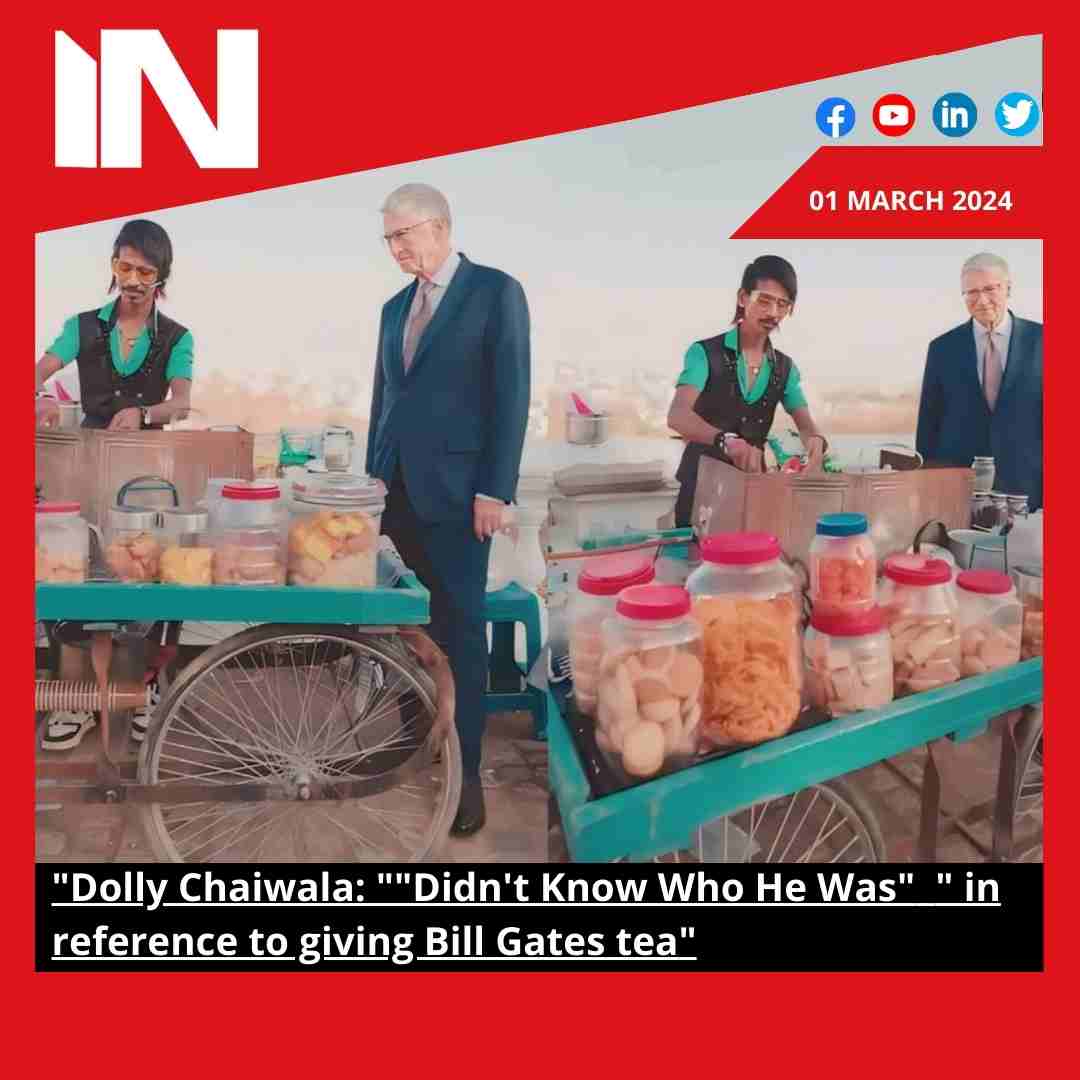
 Trending2 months ago
Trending2 months agoDolly Chaiwala: “Didn’t Know Who He Was” in reference to giving Bill Gates tea
-

 Bollywood3 weeks ago
Bollywood3 weeks agoThe phrase “female-led projects” annoys Bhumi Pednekar. “It disgusts me deeply.”
-

 Trending2 months ago
Trending2 months agoOppo Reno 12 Pro Key Features Leak Online: Expected to Receive a 1.5K Display with a Density 9200+ SoC


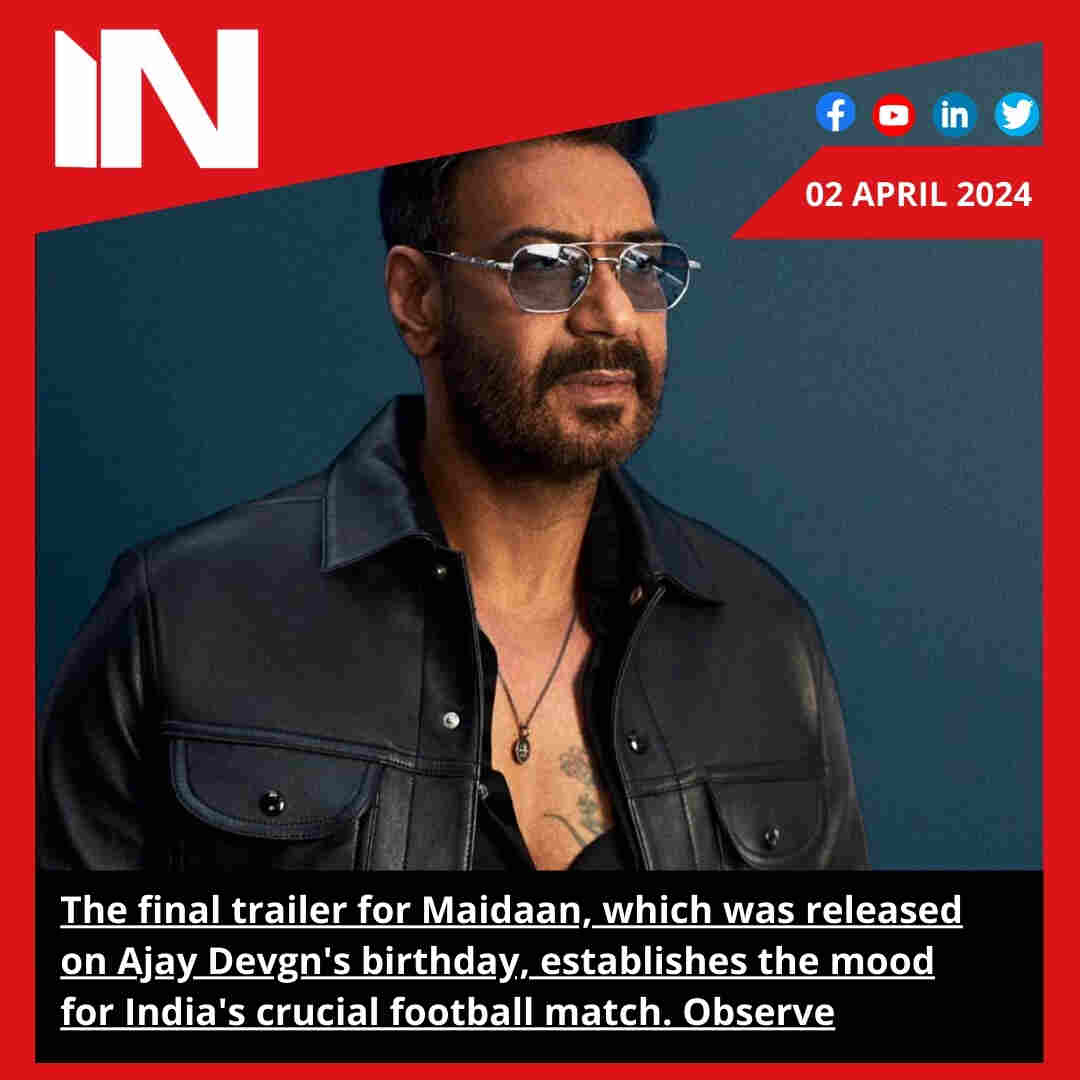
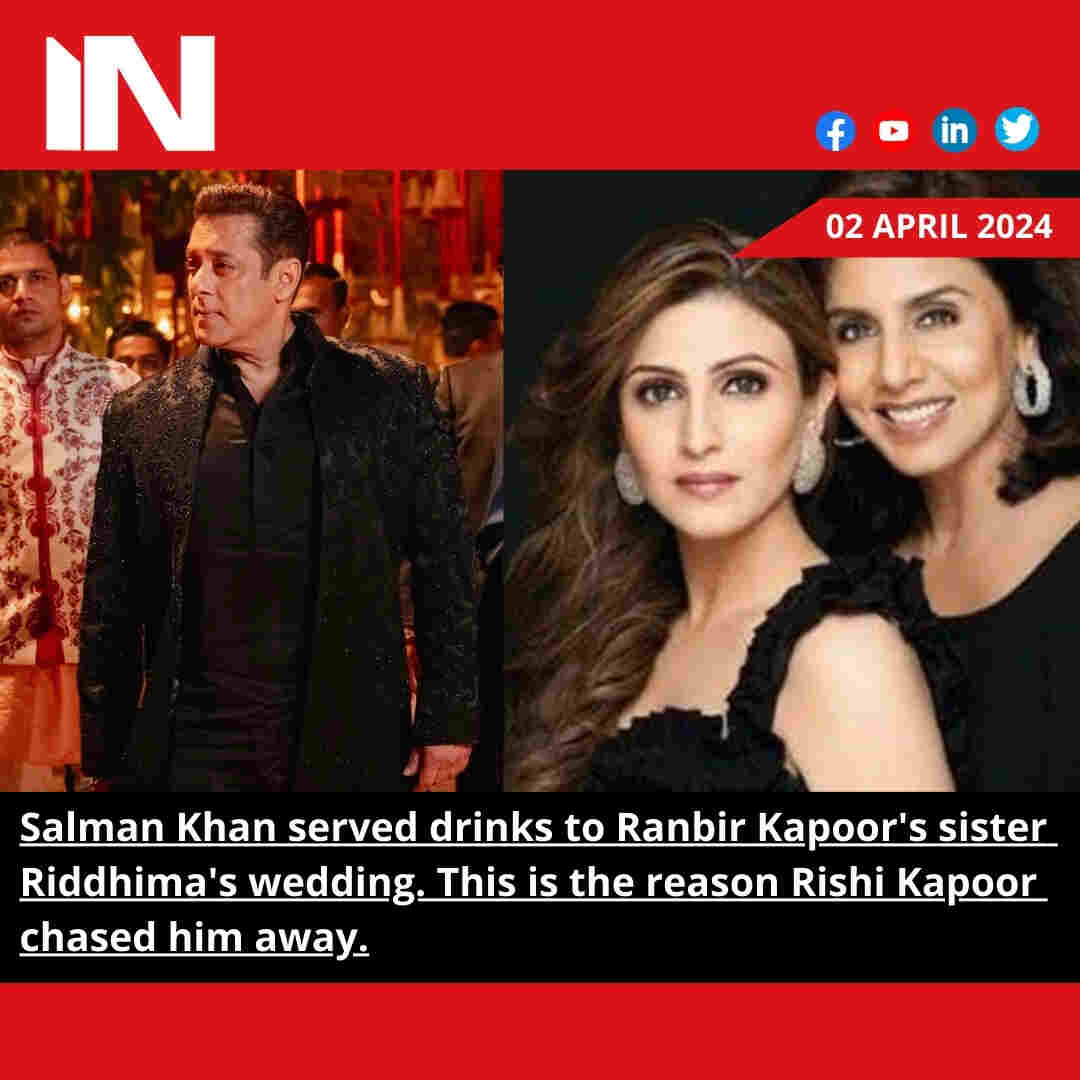
%20(1).jpg)
%20(1).jpg)
%20(1).jpg)
%20(1).jpg)
%20(1).jpg)
.jpg)





